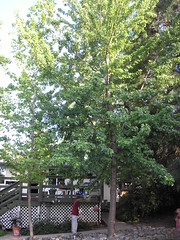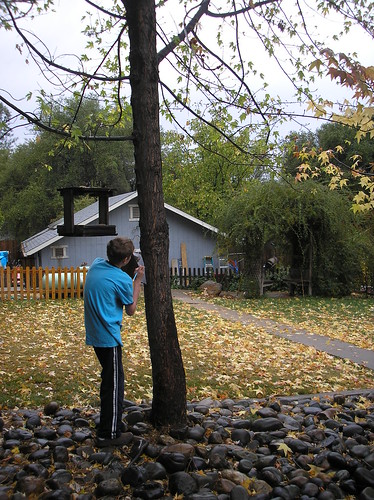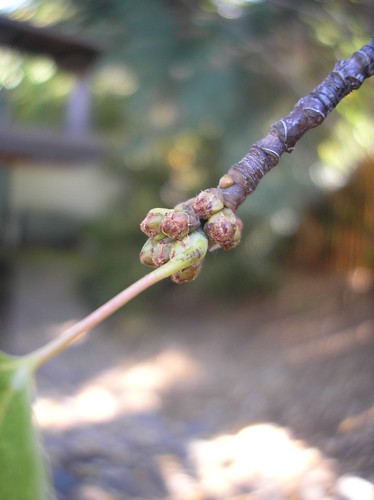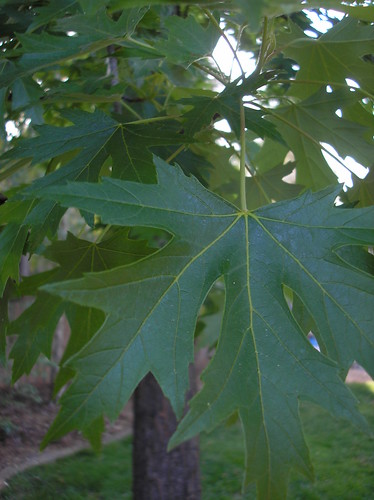
[
Image credits: Image of Gideon Koppel, copyright David Swindells. Further images stills from
Sleep Furiously]
As Aesthetica is teaming up with the London Centre for Arts and Cultural Exchange this October for the
Inside Out Festival, we have had a chat with award-winning film-maker Gideon Koppel, an and academic at the Royal Holloway, in anticipation of his work at Inside Out Festival. Koppel will be leading a discussion with Theodore Zeldin about a new kind of film-based portaiture at the National Portrait Gallery. There will also be a screening and panel discussion of his mesmerising film
Sleep Furiously.
See the latest issue of Aesthetica
(Issue 31, Oct/Nov) for a Q&A with fellow Inside Out contributor Julian Stallabrass, as the writer, curator, photographer and lecturer discusses art and the economy, globalisation and the image.
 Can you tell me a bit about inside out festival and how you got involved with that?
Can you tell me a bit about inside out festival and how you got involved with that?As I understand it, the Festival is a way of making more public the work of academics and exploring the space between what’s deemed commercial public work and what goes on in Universities.
Can you tell me a bit about your section at Inside Out?I am both an artist/film-maker and academic at Royal Holloway where I teach an MA in documentary. My film ‘Sleep Furiously’ was a research output – so it is gratifying that it has gone on to be one of the most visible British independent films this year I think that it was Andrew O’Hagan who described it as one “the most beautifully elemental documentary films to have emerged in Britain in over a decade...” As well as a screening of the film followed by a discussion with Ian Christie, Annette Kuhn and Philip Crang, Theodore Zeldin and I will be talking about our explorations to find new forms of portraiture.
You’re discussing a new kind of portraiture at the festival, how far do you feel it’s possible to reflect the complexity of modern individuals in a film-based portrait?I’m not concerned with absolutes - that is to say I’m more interested in the question whether it is possible that any notion of an answer. I think that it is also important to recognize that it what you are asking is a two way process: perhaps the ways of looking at and experiencing portraiture might change, as well as the portraits which are being made.
 Do you think it was more important in Sleep Furiously to make a statement about the community or more to simply reflect its nature?
Do you think it was more important in Sleep Furiously to make a statement about the community or more to simply reflect its nature?I have to answer that question by saying that Sleep Furiously isn’t intended to be a film ABOUT the community of Trefeurig, so in that sense I don’t regard the film as ‘a documentary’ - or at least what documentary has become associated with now. For me the film is more to do with moments of intimacy, human gesture… and juxtaposing them with sense of space and time of the landscape. Then the landscape of sleep furiously for me is much more of an internal landscape than an external landscape. And it has a quality of childhood about it. In that sense it has a quality of my own childhood; but I’ve tried to make it have more universal sensibilities. The journey of the film could be described as one from nature to culture.
Does the paradoxical nature of the title reflect the cyclical events of the film? I think your way of understanding it is really interesting and I really like that, but I don’t want to get involved in analysing my own work right now. In a way your question links to an aspect of the film. I think we live in a world which is so demanding of empirical truths that it becomes like a sort of cultural fascism: people want to know what something is ABOUT rather than simply experiencing it. In a way the title of a film or painting works in a more associative level – it can offer clues but I don’t think it’s for the artist or filmmaker to EXPLAIN it.
How do you feel the economic recession has hit film, do you think it’s important to film?Yes, filmmaking is affected by the economic climate. Filmmaking is still - perhaps - unnecessarily expensive.
Do you think its affect is important to you in your work?In any kind of creative process, the restrictions that you work with are a part of the work and you find ways of improvising and adapting around whatever limitations evolve. There always will be constraints.
Do you feel that globalisation and the rise of online culture have changed the role and value of contemporary film?I don’t know. I mean all it makes me feel is that there’s so much stuff out there. There’s too much stuff. I don’t think that anyone need make another film…
Some people maybe think that’s liberating, do you think its degrading to the value of things when there’s too much of it?No I don’t think it's degrading; I think that it becomes a bit overwhelming.
Everyone talks about contemporary artists pushing the boundaries of art and culture do you think film does this in the same way? I don’t know how you distinguish between a filmmaker and an artist. For me, the film makers who are interesting are artists… they are people that are in some way innovative or most importantly provoke me to look at the world in a different way.
Do you think the idea of film as a more commercial form of art needs to be changed in some way?There have always been very different kinds of cinema and the boundaries are constantly changing. I would be happier if there was less categorization. You know that when ‘sleep furiously’ was released non of the ‘tabloid press’ came to see it at the press screenings. They branded it too arty without even having the curiousity to check it out. Then their fascistic form of censorship is handed out to their readership. I guess this is what politicians call democracy.
Do you feel that in a world where the image is everywhere and we operate on a visual basis, do you think that visual film and documentary has a world altering impact any longer?Well it seems to me that since the 1920s, film makers and artists from Vertov to more contemporary practitioners like Chris Marker have used notions of documentary as a way of making work and qualifying work that didn’t have a conventional screen play or a conventional script. That is to say, making work which is open ended. So I think that you’ve got to use the word documentary very cautiously: documentary was once an idiom of film making, and of fine art practice, and now it’s been conflated by broadcasters and even academics with factual television programme production. That is to say, polemical themes and journalistic structures prevail over visual observations and lyrical stories. The camera is used more as a recording device, than a kind of microscope which contains, discovers and evokes dynamics of the world that otherwise pass by unnoticed.
There’s this phrase of ‘compassion fatigue’ how do you feel about that as a label? And with a film such as yours which does seems to be intimate and personal as a way of going against this idea?I don’t know the phrase. But as I understand it and in answer to your question I don’t make things to illicit specific response from the audience. That’s propaganda.
I think the soundtrack is very important- how do you feel the soundtrack to your film works with it, is it just as important as the visual for you?I think of the sounds and the music in ‘sleep furiously’ as one. I think about the microphone like I do the camera – as a kind of microscope on the world. Not merely to record sounds that accompany or illustrate the image, but to create another dimension to the picture. This approach was developed in post production by Joakim Sundström – a brilliant sound supervisor – who created movements of sound which evoked the character-like presence of ‘the land’ and the ever-changing light, skies and weather. We talked about juxtapositions of scale – for instance rather than losing the tiny figure walking in the vastness of the landscape, she is given a particular presence as sound of her footsteps cuts through the gusting of wind.
Richard’s [Aphex Twin’s] music naturally found its way into the film from very early on in the editing process. It is not an accompaniment, but becomes an form of voice for the each of the main characters. I sent Richard a DVD of a rough edit of ‘sleep furiously’ – he really liked the film but was irritated by the way I had edited the music: cutting tracks short, repeating sections… we were both sorry that there wasn’t time for him to compose a specific soundtrack. The music is such a vital part of the film - I am really grateful to Richard for his support of the film.
So how do you feel that you’re going to move on from this? What’s your next plan?Well I have several more projects that I’m working on, which one will be the next one, I’m not sure. The next one will be the one that’s financed first. I know what I want that to be but that’s not necessarily the one that’ll happen… but it never works like that
Could you tell me about the one you’d like to do next or is that under wraps until it happens? I think it’s better to keep it under wraps, I think its tempting fate to discuss it.









































